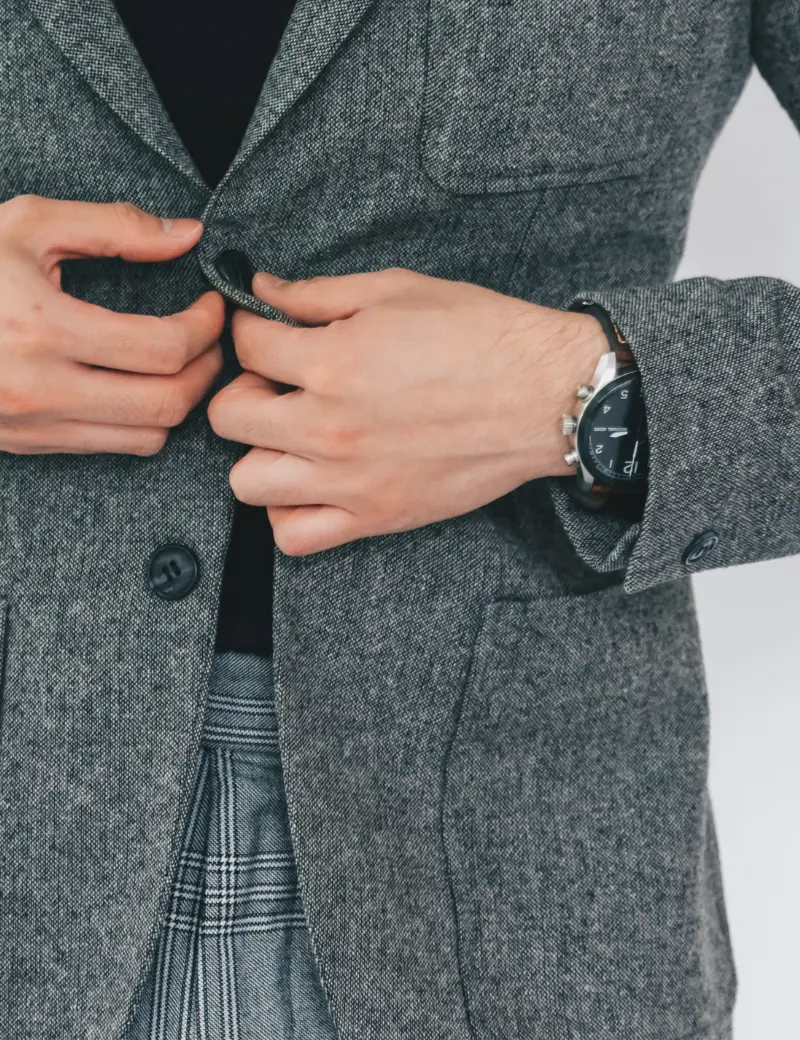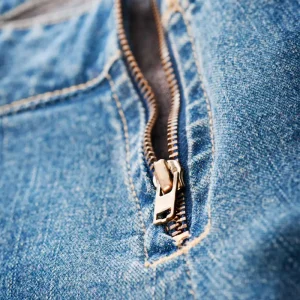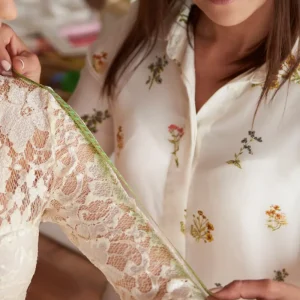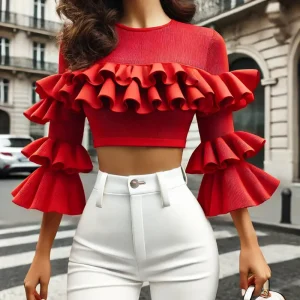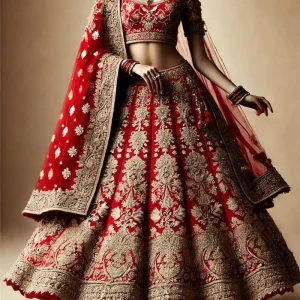No products in the cart.
Waist & Sides Adjustment for Men’s Clothes
From ₹149.00
Waist and side adjustments are essential for creating a clean, tailored, and comfortable fit in Indian men’s garments. Whether you are adjusting a sherwani, kurta, bandhgala, or salwar, these adjustments help achieve the desired silhouette while ensuring comfort and freedom of movement. Whether it’s narrowing the waist for a more fitted look, loosening the sides for ease, or simply ensuring the garment fits at the natural waistline, professional adjustments can transform the garment and enhance its overall fit and appearance.
Choose any of the below options tailored to your occasion.
Description
Adjusting the waist and sides of Indian men’s garments is essential for achieving a clean, tailored look and ensuring the garment fits well at the natural waistline and around the body. Whether it’s a kurta, sherwani, bandhgala, Nehru jacket, salwar, or churidar, making the right waist and side adjustments is key to improving comfort and appearance. Here are some important pointers for waist and side adjustments on Indian men’s clothing:
1. Waist Adjustments for Indian Men’s Garments:
Tightening the Waist:
- Slimming Down the Waist: If the garment feels too loose around the waist, such as in kurta-style jackets, bandhgalas, or suits, a tailor can take in the side seams to narrow the waist for a more tailored and structured fit. For kurta and sherwani, if there is too much excess fabric around the torso, it can be shaped to create a sharper, more defined look.
- Shaping the Waist in Formal Wear: In more formal Indian garments like a bandhgala jacket or Nehru jacket, reducing the waist area by taking in the side seams creates a more polished silhouette. This will help avoid a boxy, unstructured look and give the garment a more fitted appearance that highlights the body’s natural curves.
- Cinch or Waistbelt: For garments like sherwanis, kurta jackets, or even Nehrus, a waist cinch (often seen in traditional designs) can be added to give a more structured fit. In some cases, a decorative waistbelt can also enhance the garment’s shape while making it more form-fitting.
Loosening the Waist:
- Relaxing the Waist for Comfort: If the garment feels too tight around the waist, especially after sitting or moving, it can be loosened by slightly letting out the side seams or increasing the waistline for a more comfortable fit. This is particularly important for formal kurtas or suits where a tighter fit may become uncomfortable with long wear.
- Creating Extra Room for Larger Sizes: For men with a larger waistline, or those who want more room to move in a particular garment (e.g., kurta, sherwani, or salwar kameez), adding a little more ease around the waist can improve comfort without losing the garment’s structure or shape.
2. Side Adjustments for Indian Men’s Garments:
Narrowing the Sides:
- Slimmer Silhouette: Many Indian garments like sherwanis, kurta jackets, bandhgalas, and shirts require side seam adjustments to ensure a slimmer, more fitted silhouette. Narrowing the sides can reduce excess fabric and make the garment sit closer to the body, offering a sharper, more tailored look.
- Eliminating Excess Fabric: For loose-fit kurtas or traditional attire, sometimes there may be excess fabric along the sides that can be taken in to make the garment more form-fitting, especially for those who prefer a modern, streamlined look.
- Adjusting for Flare: For some kurta styles or Anarkali designs, the garment may have a flared bottom or wide sides. If the flare is too wide or not flattering, the side seams can be taken in to adjust the flow and silhouette.
Loosening the Sides:
- Increasing Comfort: If a garment is too tight around the sides (particularly in the chest and stomach areas), the side seams can be let out to give extra room. This is particularly helpful for kurta-style jackets, suits, or sherwanis where a little more ease around the torso is preferred for comfort.
- Creating Extra Room: When there’s a tightness around the chest or stomach due to a garment being too fitted, the tailor can loosen the side seams to provide more room without sacrificing the garment’s structure. This is often done in formal kurtas, bandhgalas, or shirts where more flexibility is needed for movement.
3. Specific Garments and Waist/Side Adjustments:
Sherwani and Kurta Jackets:
- Waist Adjustment: These garments are typically fitted in the waist and should not have too much excess fabric. To achieve a more tailored look, the waist can be adjusted to be narrower, especially if you want a more defined, sharp silhouette. Alternatively, if the waist feels too tight, it can be loosened slightly for comfort.
- Side Seams: In sherwanis or kurta jackets, side seam adjustments are often made to create a more structured, fitted look that enhances the body’s natural shape. If the garment is too baggy around the sides, it can be adjusted to remove the excess fabric and maintain a clean look.
Bandhgala and Nehru Jackets:
- Waistline Tightening: A bandhgala or Nehru jacket often requires waist adjustments to enhance its fitted appearance. If the waist feels too loose or boxy, it can be adjusted to narrow the waist and create a more polished and structured look, especially around the lower ribcage and upper waist.
- Side Shaping: The side seams of a bandhgala jacket can be taken in to improve the overall silhouette, ensuring that the jacket fits snugly around the torso without being too tight. This is crucial for creating a sharp, defined appearance, typical of Indian formal wear.
Kurta and Kurta Shirts:
- Waist Adjustment for Relaxed Fit: In more traditional, loose-fit kurtas, the waist area may require little or no adjustment, but if it’s too large, it can be narrowed by taking in the side seams to create a more modern, slim fit.
- Adjusting Side Seams: For kurta shirts or semi-formal kurtas, side seams may be adjusted to ensure a comfortable fit. For those who prefer a more casual, flowy look, the sides can be left loose. However, if a more fitted style is desired, the side seams can be taken in to remove excess fabric.
Salwar, Churidar, and Pajama Bottoms:
- Adjusting Waistline: The waist on salwars, churidars, and pajamas can be tightened or loosened depending on comfort. If the waist feels too tight or loose, the elastic band or drawstring can be adjusted, or a more permanent alteration can be made.
- Side Seams for Fit: Salwar and churidar bottoms often have side seams that can be adjusted to alter the fit around the hips and thighs. If they feel too tight around the waist or hip, these seams can be let out to create more room. If they are too baggy, they can be taken in for a more fitted, sleek look.
4. General Tips for Waist and Side Adjustments:
- Seam Allowance: Ensure the garment has enough seam allowance to accommodate the necessary adjustments. If there isn’t enough extra fabric to work with, major adjustments (especially to the waist and sides) may not be possible.
- Consider the Fabric: Different fabrics behave differently when altered. Stiff fabrics like linen, cotton, and wool hold shape better when adjusted, whereas silk or satin may require more delicate handling.
- Maintain Design Integrity: When making waist and side adjustments, it’s important to preserve the garment’s design and style. For example, if the original garment features side slits, embroidery, or pleats, alterations should be done in a way that retains these design elements while ensuring a better fit.

